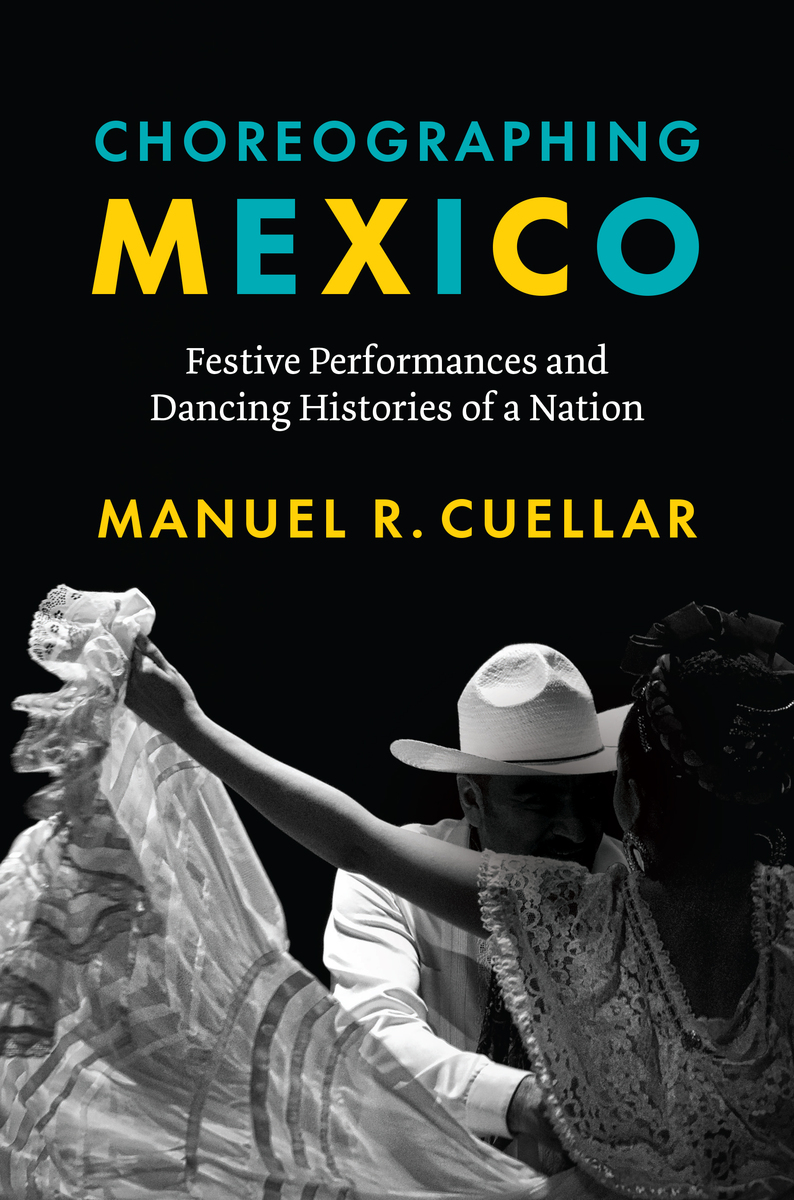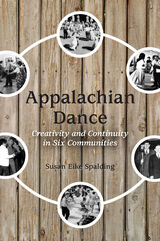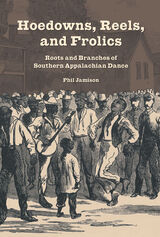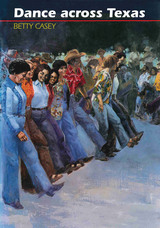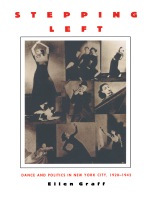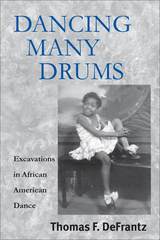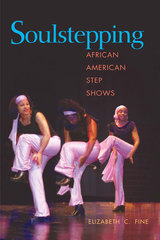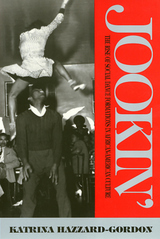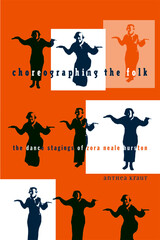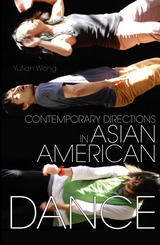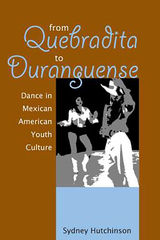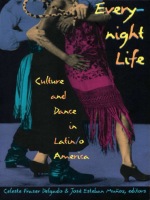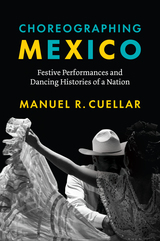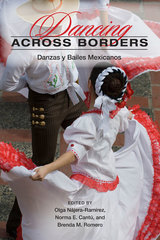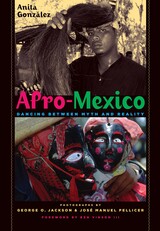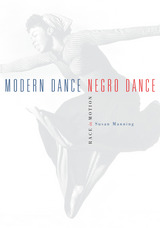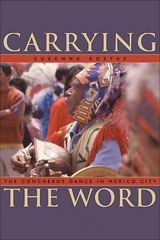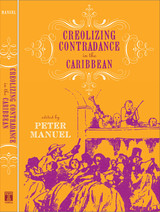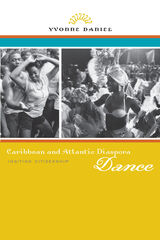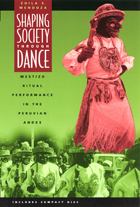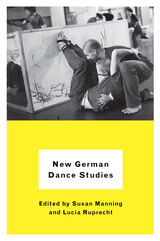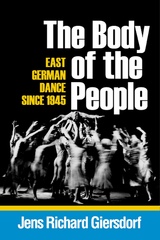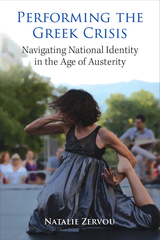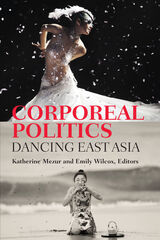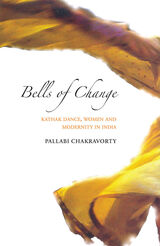Simply extraordinary. Cuellar examines primary sources as diverse as nineteenth-century periodicals, film, dance, interviews, and contemporary art performance, making this mandatory reading for scholars on Mexico now and in the future. Cuellar does a spectacular job of rescuing folklórico from its oft-maligned status as an accomplice to the state’s meaning-making nationalist apparatus: the critical exposition of this performative and dance history, alongside the ways in which it continues to make sense for Mexicans and Mexican Americans, Latinx and queer communities today, is an exceptional and necessary intervention for the history of Mexican and Latinx arts.
— B. Christine Arce, University of Miami, author of México's Nobodies: The Cultural Legacy of the Soldadera and Afro-Mexican Women
Manuel Cuellar’s Choreographing Mexico, a wonderfully nuanced study of corporeal movement in a myriad of cultural texts that feature festive performances, convincingly argues that embodiment and choreography, not just discursive, literary, and visual practices, helped shaped modern Mexico. This much-welcomed addition to cultural studies of Mexican nationalism is an admirably choreographed set of alternate readings of lo mexicano that center the human body (dancing and gestures) as a principal site of nation-formation; because Cuellar possesses an attentive queer lens that allows him to read excess, however, he is able to demonstrate that these examined public embodied performances evince cracks in our hegemonic understanding of nation.
— Laura G. Gutiérrez, UT Austin, author of Performing Mexicanidad: Vendidas y Cabareteras on the Transnational Stage
Choreographing Mexico is a long-overdue critical study of Mexican traditional and regional dance known today as folklórico…[a] fascinating and well-researched volume...Cuellar proves that Mexican regional dance is a social embodiment that at times reproduces nationalistic tropes and at others critiques them. Choreographing Mexico is a rich exploration of how bodies in motion create and recreate the idea of a nation...Choreographing Mexico offers a welcome and new interdisciplinary look at folklórico dance as essential to Mexican cultural formations. The volume will be important for Mexicanists and scholars of dance and performance. Accessible to multiple audiences, Choreographing Mexico is for anyone interested in Mexican culture and anything Mexican.
— Journal of Latin American Studies
Cuellar’s project advocates for an attention to dance and embodiment as a meaning-making practice and informs our understanding of how Mexican nationalism was choreographed onto the body. A wealth of archival images interspersed throughout the book compliments Cuellar’s analysis. Heavy on theory, Choreographing Mexico would appeal to dance graduate students and scholars of Mexican history, nationalism . . . Cuellar’s incorporation of his own experience as a teacher and dancer grounds the work’s significance in the present and adds important and overarching insight to the ways dance forms community and contributes to individual and collective identity formation.
— thINKing DANCE
Ultimately, the book offers a rich cultural analysis of dance in connection with the national construction of Mexico, which also makes it possible to apply its ideas to other periods and cultural realities.
En definitiva, el libro ofrece un análisis cultural de la danza de gran riqueza en conexión con la construcción nacional de México, posibilitando también aplicar sus ideas a otras épocas y realidades culturales.
— Hispania
Choreographing Mexico is a vital resource for scholars researching Mexican performance forms and cultural history . . . Queering dominant narratives and reading representations of the popular against the grain, he disrupts conventional approaches to understanding a national past. Cuellar demonstrates how embodied expression can be a site of knowledge, a resource for historical research, and a practice of world-making.
— Pacific Historical Review
Choreographing Mexico: Festive Performances and Dancing Histories of a Nation leaves the reader well-positioned to raise further questions about the implications of contemporary, embodied folklórico dance through the gendered/gender queer spectrum. Scholars as well as general audiences with an interest in Mexican diasporic identities as expressed through folklórico’s embodied knowledges, and set in its evolving, contested histories, will find this volume a welcome addition.
— Journal of Folklore
